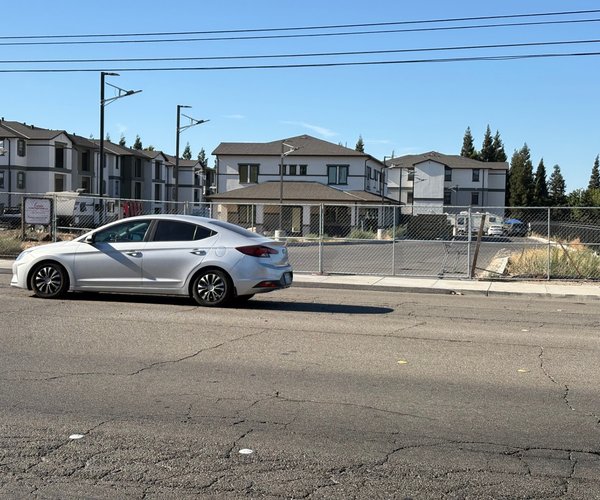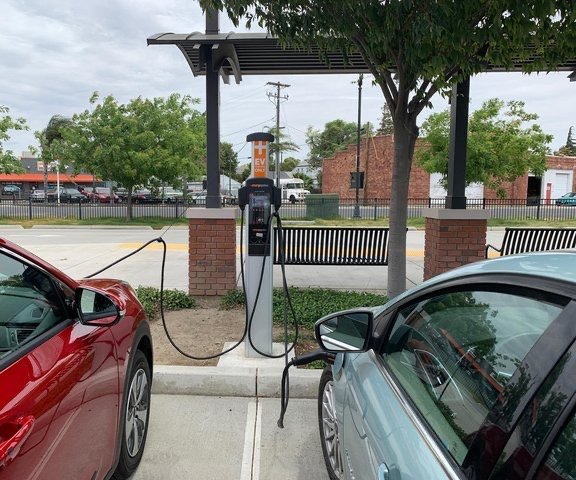Nature, left on its own, would assure virtually every square — of the heart of the Central Valley — San Joaquin, Sacramento, and Stanislaus counties and beyond — would be in a 200-year flood plain.
That’s not conjecture. The well-documented Great Flood is 1861-62 covered 300 miles of the Central Valley at a width of 20 miles. Everything near the Delta where Manteca, Stockton, Tracy, Lathrop, Ripon, and Lathrop are today was completely covered with water. In some spots accounts indicate it was as deep as 30 feet.
What happened in 1861-62 was a larger version of the events that led to the last flood in the Manteca area back in 1992. There had been unusually early heavy snowfall in the Sierra in December. It was punctuated with periods of heavy warm rain in late December and January that triggered a massive snowmelt.
Whatever you think of Senate Bill 5 that mandates areas that fall within the recently mapped 200-year floodplain have more muscular levees, this is not a conjured up concern nor does it really have much to do with climate change. It has everything to do with historic patterns, the unpredictability of nature, and development.
Development is a two-edged sword. It is what tamed the raging rivers during spring run-off and kept those same rivers flowing in late October instead of reverting to muddy trickles as they were in their natural state. Rivers overflowed their embankments essentially every year.
At the same time development — particularly in the form of impervious surfaces such as roof-tops, streets, parking lots, and things such as concrete sidewalks — creates more runoff in the valley increasing the potential frequency of flood events.
Regardless of where you live in this neck of the Central Valley, you would be in a 200-year floodplain if it was not for levees and dams.
It is important to have context to what Manteca is going through.
Flood protection, as Manteca Mayor Ben Cantu astutely points out, isn’t an issue with anyone until there is 2 to 3 feet of water running through their house. Our level of ignorance is stunning. The most vivid recollection of the 1992 flood was a KCRA Channel 3 interview with a couple living in Weston Ranch where almost every home had a U-Haul style rental truck in the driveway with people frantically loading household goods after being informed if boils along the Mossdale bend in the San Joaquin River in Lathrop deteriorated into full blown breaks they’d have seven hours before floodwaters reached Weston Ranch.
As the couple stood in their backyard and the camera panned the 20-foot high French Camp Slough behind them — the lowest point in the entire county — the husband told the reporter “if we had known it would flood here we never would have bought this home.”
There are now 55,000 people — including perhaps as many as 6,000 living within Manteca’s city limits — that are now at risk from a 200-year event that doesn’t reference the frequency but instead refers to the odds of a flood of a specific magnitude happening in any given year.
The levee enhancements will not be made to protect those people unless someone comes up with $170 million.
If those in the impacted areas had to pay for the entire bill, once 30-year borrowing costs are factored in it would cost just over $10,000 per individual or $30,000 for a typical household.
The solution is to have development — those now building in the impacted area — to pay for much of the cost to the tune of $18,692 per house paid at the time a building permit is issued. Assuming that there will be some state and federal assistance, the fees on new homes will come close to covering the cost. A property assessment based on an area of benefit — if that is needed to bridge any shortfall — would be paid by existing and future property owners. The bottom line is new growth will pay and then some while the existing homeowners will pay a relatively small amount, if that.
Cantu in taking his lone wolf stance of calling for a moratorium on building in Manteca within the 200-year floodplain until the levee enhancements are in place has entered the realm of a version of the classic debate of which came first — the chicken or the egg.
It might seem that his concern is irrational given that without development the levees won’t be improved therefore existing residents that he is rightfully concerned about would be exposed to in a 200-year flood event.
Manteca, however, is not an island.
The 200-year flood protection solution will be devastating to a select group of Manteca residents, the city’s neighbors that live in the rural area to the south.
The only on-river levees being strengthened are to a point just south of the Mossdale Bend on the San Joaquin River. That by itself would still leave the 55,000 existing residents exposed to a 200-year event. That’s because the weakest levees in the area are along the Stanislaus River and the levees along the San Joaquin just north of the confluence of the two rivers. Should those fail, water would rush toward the so-called Mossdale Basin where those 55,000 residents live. There are only two things between them and the flow of that water — a dry cross levee that was precariously close to collapsing in 1992 and the 120 Bypass.
The dry levee is not high or long enough to defend against a 200-year flood. The fallback emergency levee that was part of the 120 Bypass plan to protect Manteca is plugging the underpass on McKinley Avenue with tarp covered dirt as they did in 1992 is no longer an option. Twenty-seven years ago there was no city urbanization south of 120 Bypass in the Airport Way area. Today there are close to 2,000 homes.
The cost of making the levees that are covered by different reclamation districts to the south more muscular would easily double the $170 million price tag. It would also open the area all the way to the Stanislaus River to urbanization because of the stepped up flood protection.
Marty Harris, who owns various concerns on the “wrong side” of the needed dry levee upgrade, is absolutely correct that a higher and longer dry levee would back up water higher than ever before in the event of a 200-year flood given it would have just flowed over the existing cross levee.
There are two other issues. One involves those that have built in recently years by elevating homes and other structures out of the floodplain by building on earthen mounds. Backing up more water could easily lead to the flooding of homes built so they are outside the 100-year floodplain but not the 200-year floodplain.
Then there is the issue of how long backed up water would stay south of the cross levee if a 200-year event is to occur. That may sound like a minor issue but it could be the difference between a year’s income for a farmer and avoiding taking months instead of a weeks for flood victims to start getting back on their feet.
The real tragedy here isn’t allowing development in the floodplain or even 55,000 existing residents in Manteca, Lathrop, and Stockton will have to go without 200-year flood protection until such time the upgraded levees are in place in 2025. It’s those who are south of Manteca who are on land that has flooded 11 times since 1929 and who — when a 200-year flood event hits — will suffer proportionately more once a higher and longer cross levee is in place.
This column is the opinion of executive editor, Dennis Wyatt, and does not necessarily represent the opinion of The Bulletin or Morris Newspaper Corp. of CA. He can be contacted at dwyatt@mantecabulletin.com or 209.249.3519.






